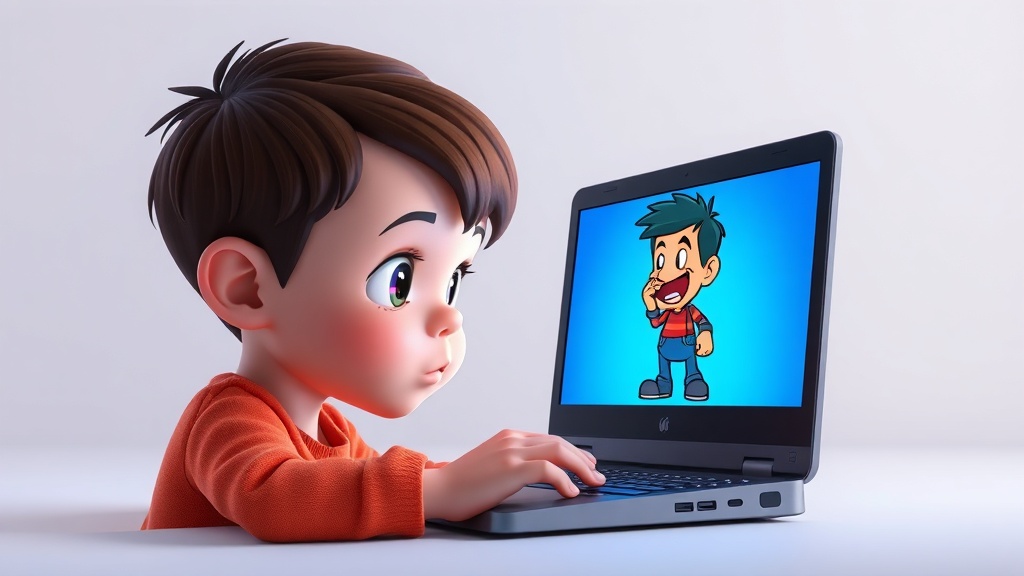Home / Arts and Entertainment / Teletubbies Creator Decries "Empty" YouTube Content for Kids
Teletubbies Creator Decries "Empty" YouTube Content for Kids
15 Nov
Summary
- Teletubbies creator Anne Wood criticizes YouTube's children's content
- Algorithms on platforms like YouTube fail to prioritize high-quality programming
- Decline in children's TV started when commercial broadcasters no longer required to invest

According to Teletubbies creator Anne Wood, the children's television landscape has significantly deteriorated in recent years. Wood, a veteran producer, cautions that many programs for children on YouTube are "empty" and do "nothing to encourage the imaginative life of children."
Wood argues that the algorithmic and endless scroll functionalities on platforms like YouTube do not prioritize high-quality content for young audiences in the same way that public service broadcasters once did. She believes this trend has accelerated since the Communications Act ceased to require commercial broadcasters to invest in children's TV in 2003.
While Teletubbies was initially accused of "dumbing down" when it first aired in 1997, subsequent academic research suggested the show's emphasis on rhyme, repetition, and simplicity actually improved children's language capabilities. However, Wood laments that the show's commercial success for the BBC has been "forgotten."
The children's TV presenter Konnie Huq agrees the landscape has changed significantly, with the media industry becoming increasingly commercially driven. Huq fears the undervaluing of children's TV, which is often sidelined from major awards shows and offers lower remuneration, has deep roots.
Experts like Sonia Livingstone of the London School of Economics say evidence shows children benefit from high-quality, educational, creative, and imaginative content, though parents don't always know how to identify it. The problem, she adds, lies more with the format of platforms like YouTube, which are commercially motivated and can "grab and sustain attention beyond where the child would naturally keep watching."




